Turn any article into a podcast. Upgrade now to start listening.
Premium Members can share articles with friends & family to bypass the paywall.
Once again, Congress failed to pass all—or in this case, any—of its annual government funding bills by the end of the fiscal year. This time, the country felt the consequences pretty acutely, as the failure to enact the 12 appropriations bills by October 1 triggered the longest government shutdown in American history.
Missing the deadline for appropriations bills is nothing new. The Congressional Budget Act of 1974 put in place the current appropriations process. Paired with the Impoundment Control Act, Congress passed it to give the legislature a greater role in crafting the federal government’s annual budget and to help lawmakers on Capitol Hill hit a specific target for spending each year. But since the modern process took effect for the 1977 fiscal year, Congress has had trouble hitting the October 1 deadline. It passed the bills on time for that fiscal year, but since then it has done so only three times, the last time being for fiscal year 1997. But over the past 50 years, the law has ended up highlighting congressional dysfunction while enabling the federal deficit to balloon.
Before the law’s passage, the president would submit his budget to Congress, and its various committees would tackle the parts within their jurisdiction, producing a final topline spending number that was often unpredictable. The Budget Act was intended to enable Congress to say, “When we're done doing all of our work, this is what we want the budget to look like, as opposed to it just being this sort of ad hoc and accidental result of all of the laws that ended up getting passed,” said Philip Joyce, a professor at the University of Maryland School of Public Policy who previously worked in the Congressional Budget Office.
Among other things, the law laid out an appropriations process with specific deadlines for the federal government to follow and created the process of budget reconciliation, which allows the Senate to circumvent the filibuster to pass tax and spending legislation.
But these changes have produced a series of unintended consequences. Congress has regularly missed its deadlines, resulting in not infrequent government shutdowns. What’s more, when the law was passed in 1974, the national debt was just over 30 percent of the country’s gross domestic product. Today, it is close to 120 percent of GDP, with the majority of the explosion coming in the 21st century, often via partisan bills passed through the reconciliation process.
With the recent shutdown illustrating how partisan politics can hobble the budget process, it raises the question of who is to blame. Did the structural processes laid out in the Budget Act send the country to where it is now, or is Congress so lacking in political will that no procedural reforms would help it function better?
The appropriations process.
Under the timeline laid out in the Budget Act, the president is supposed to propose a budget to Congress by the first Monday in February. That starts the budget and appropriations processes, in which the two chambers are supposed to first agree on a concurrent budget resolution setting spending totals, use the reconciliation process if needed to bring the federal budget in line with the target, then agree on and enact the appropriations bills by October 1.
But that’s not how the process has worked in practice. Take this year as an example. Trump did not submit his budget until early May, and the primary purpose of the One Big Beautiful Bill Act that passed through reconciliation months later was not to bring spending and revenue in line with that budget but to enact many of the president’s campaign promises. By the time October 1 rolled around, the House Appropriations Committee had advanced all its bills to the floor, but the full chamber had passed only three. Meanwhile, the Senate’s committee had advanced only eight bills, three of which made it through the chamber. The result was Congress resorting to funding the government the way it increasingly has: by a continuing resolution (CR) that simply extends current spending levels. But Senate Democrats wouldn't go along, triggering the 43-day shutdown. This year is not an anomaly. Even in years when Congress averts a shutdown, it rarely follows the Budget Act’s process, and that raises the question of whether the process itself is feasible in an era of expanding executive power and polarized politics.
“The broader problem is really the sort of political environment, and whether there’s the political will to do these things,” Jonathan Burks, an executive vice president at the Bipartisan Policy Center who served as former Speaker of the House Paul Ryan’s chief of staff, told The Dispatch. “It's less, in my view, that the process itself is just fundamentally unworkable.”
Asked whether the process the Budget Act lays out remains workable, House Appropriations Chairman Tom Cole didn’t say it was impossible to stick to it but acknowledged it was “a challenging process.” He added that he had not thought “enough” about how it might be reformed.
“I focus pretty much on what we're trying to do, but I know it's made life more difficult, not easy,” he told The Dispatch.
Lawmakers and policymakers have floated several reforms to the appropriations process, including reducing the number of spending bills Congress needs to pass each year and having it fund the government every two years rather than annually.
But those changes would not necessarily have averted the government shutdown that ended last week. If a minority party has at least 41 seats in the Senate, it could filibuster appropriations bills and shut down the government while demanding unrelated policy priorities, as the Democrats did weeks ago.
One potential reform to stop that practice is to automatically extend government funding at current levels and impose other requirements until the legislature passes longer-term appropriations if Congress misses its deadline. There are a couple of bills that have been introduced to that end.
That is a solution that academics like Joyce and Sarah Binder, a Brookings Institution senior fellow and George Washington University professor, have opposed in the past—but they both acknowledged that the most recent shutdown has caused them to rethink it.
“I've never been a fan of automatic CRs to block government shutdowns, but I think I've changed my mind after this particular shutdown,” Binder told The Dispatch.
Still, while a reform like that would stop government shutdowns, lawmakers still would have the task of tailoring spending to the particular moment they’re in, and whether they would do so in a fiscally responsible way is a question only they can answer.
Budget reconciliation.
But even if lawmakers decided to start passing fiscally responsible spending bills on time, they would need to do more to tackle the deficit. The annual appropriations process deals only with discretionary spending, the type of spending that Congress must authorize each year. Most of the federal budget is dedicated to mandatory spending, which includes entitlements such as Medicaid, Medicare, and Social Security.
In fiscal year 2024, the government spent $6.8 trillion and took in $4.9 trillion, for a budget deficit of $1.9 trillion. Discretionary spending totaled $1.8 trillion, so even if Congress had completely eliminated all discretionary spending that year—including wiping out the entire defense budget—it still would have had a budget deficit.
The Budget Act’s creation of the reconciliation process was intended to smooth passage of fiscal legislation, and Congress has previously used it to decrease the deficit, sometimes on a partisan basis. For example, President Bill Clinton’s Omnibus Budget Reconciliation Act of 1993 did not get a single Republican vote, but it reduced the deficit by $433 billion.
Since 2000, however, the reconciliation process has been used mostly to pass bills that increase the deficit. “While both parties are guilty, the first one that was guilty of using that reconciliation process for something other than deficit reduction was President [George W.] Bush,” Brett Loper, executive director of the Peter G. Peterson Foundation and former deputy chief of staff to House Speaker John Boehner, told The Dispatch.
The Congressional Budget Office said at the time that tax cuts Bush signed in 2001 would reduce a projected budget surplus (which didn’t materialize) and that the ones he signed in 2003 would increase the deficit. The GOP-controlled Congress later used reconciliation in 2005 to reduce the deficit by cutting spending. The tax bills got some Democratic support, but the 2005 bill was entirely Republican.
Since Bush left office, the reconciliation process has become a way for presidents with governing trifectas to circumvent the filibuster to pass partisan legislation, usually increasing the deficit in the process. Such was the case with the 2017 Tax Cuts and Jobs Act, the 2021 American Rescue Plan Act, and the 2025 One Big Beautiful Bill Act.
“The original purpose, ironically, of reconciliation was to make it easier to do deficit reduction and debt reduction,” Rep. Brendan Boyle, the top Democrat on the House Budget Committee, told The Dispatch. “And most of the times now that reconciliation is used, it only adds to deficits and adds to debt, so I think there needs to be a fundamental reform of the 1974 Act in a number of areas.”
There are certain parts of the reconciliation process in the Budget Act that either incentivize deficit increases or make deficit reduction harder. The Byrd Rule does both of those things. First adopted in 1985 and modified in subsequent years, the rule has come to require three criteria for reconciliation bills: They must deal with fiscal policy, they may not increase the deficit beyond a 10-year window, and they can not make changes to Social Security.
The latter two requirements present possibilities for reform. First, the 10-year rule restricts deficit increases in some regard, but it still allows them to a significant extent. Lawmakers can also find ways around the rule. Such was the case when Republicans this year used a novel budget scoring method to make permanent the 2017 Trump tax cuts that were set to expire in January. Second, Social Security is the largest single part of mandatory spending, with the government having spent more than $1.4 trillion on it in 2024. Not allowing lawmakers to touch it in the reconciliation process makes it harder to close the budget gap.
Even with those statutory parts of reconciliation, there is nothing stopping lawmakers from refusing to legislate new spending and tax cuts that grow the deficit, or from working together on a bipartisan basis without reconciliation to attempt to make Social Security solvent and stop it from consuming so much of the budget. The problem is that these fiscally responsible steps are usually politically unpopular, so incentivizing Congress to get the budget under control is difficult no matter what structural framework is present.
“The political dynamics at the federal level are such that there's rarely an incentive for cutting spending. There's rarely an incentive to raise taxes,” said Burks. “And so, you could have whatever process you want in place. People are going to respond to those political incentives.”
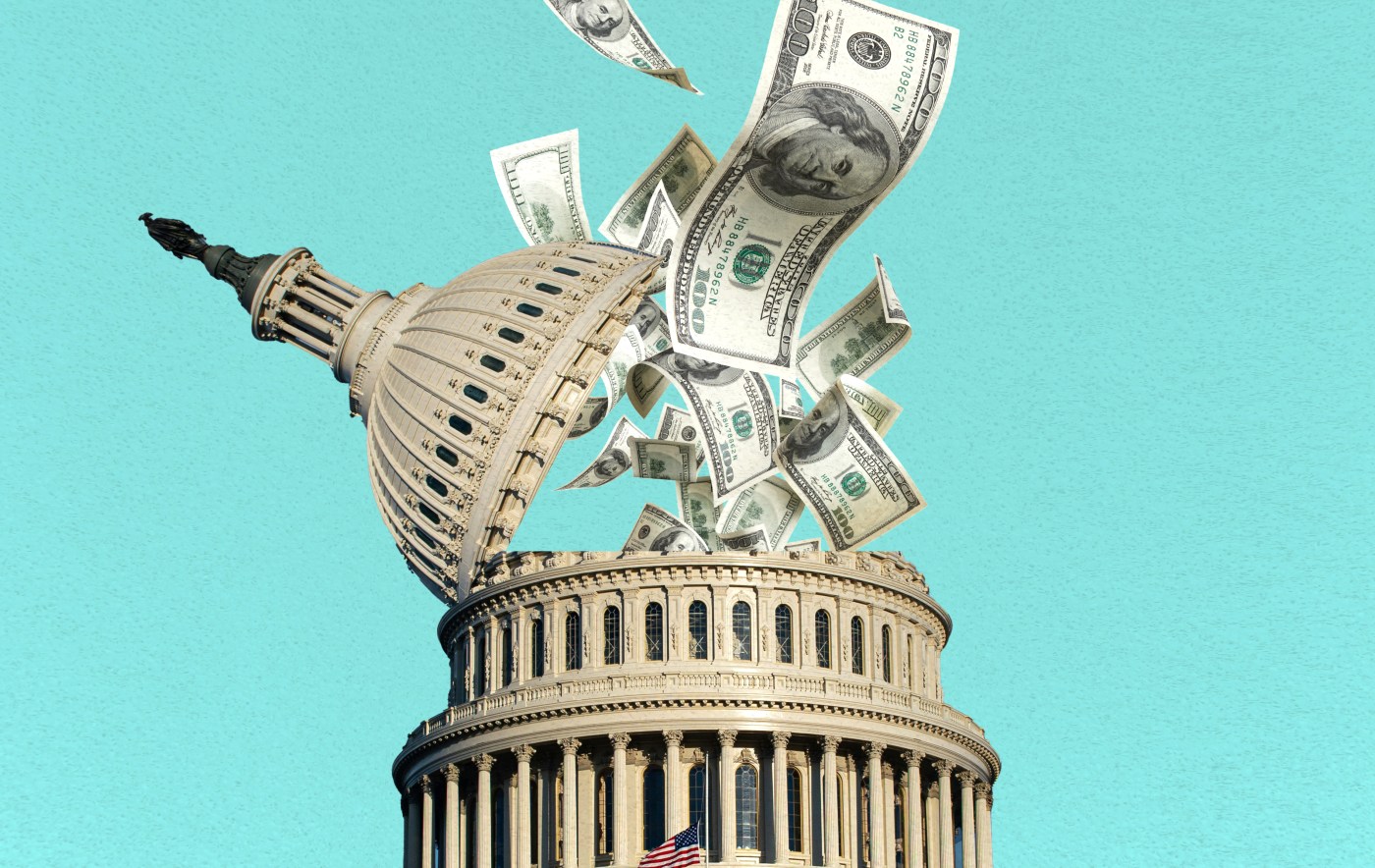

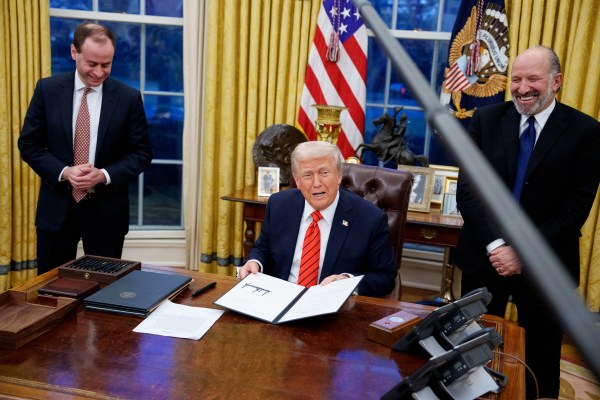

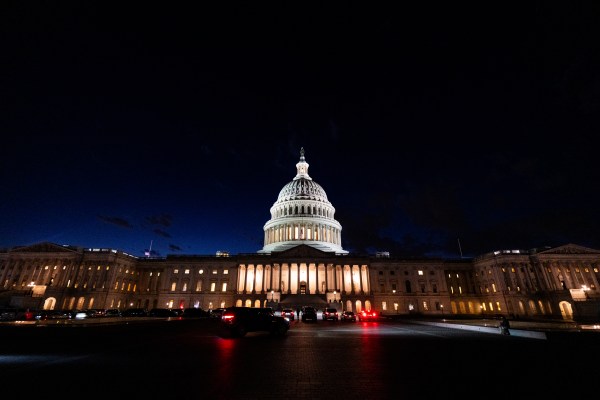
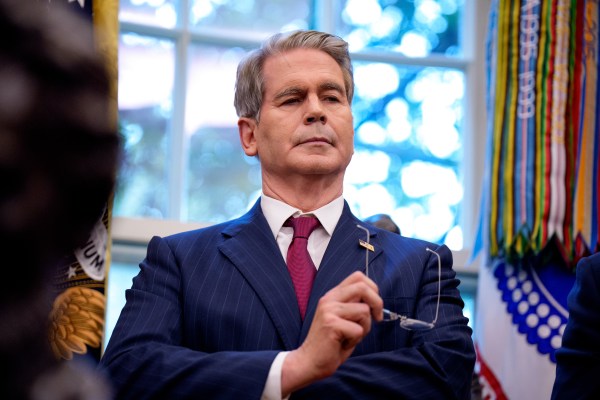
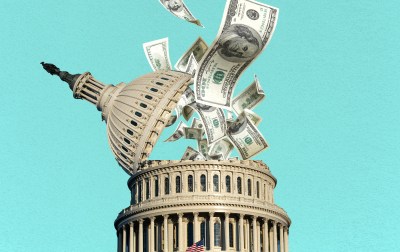
Please note that we at The Dispatch hold ourselves, our work, and our commenters to a higher standard than other places on the internet. We welcome comments that foster genuine debate or discussion—including comments critical of us or our work—but responses that include ad hominem attacks on fellow Dispatch members or are intended to stoke fear and anger may be moderated.
With your membership, you only have the ability to comment on The Morning Dispatch articles. Consider upgrading to join the conversation everywhere.